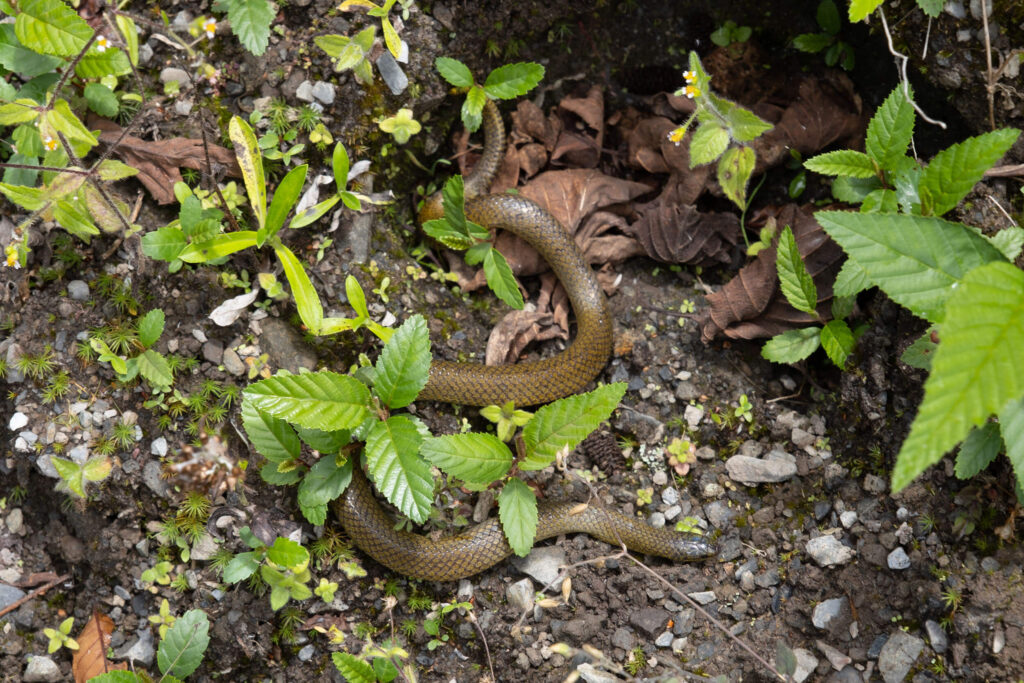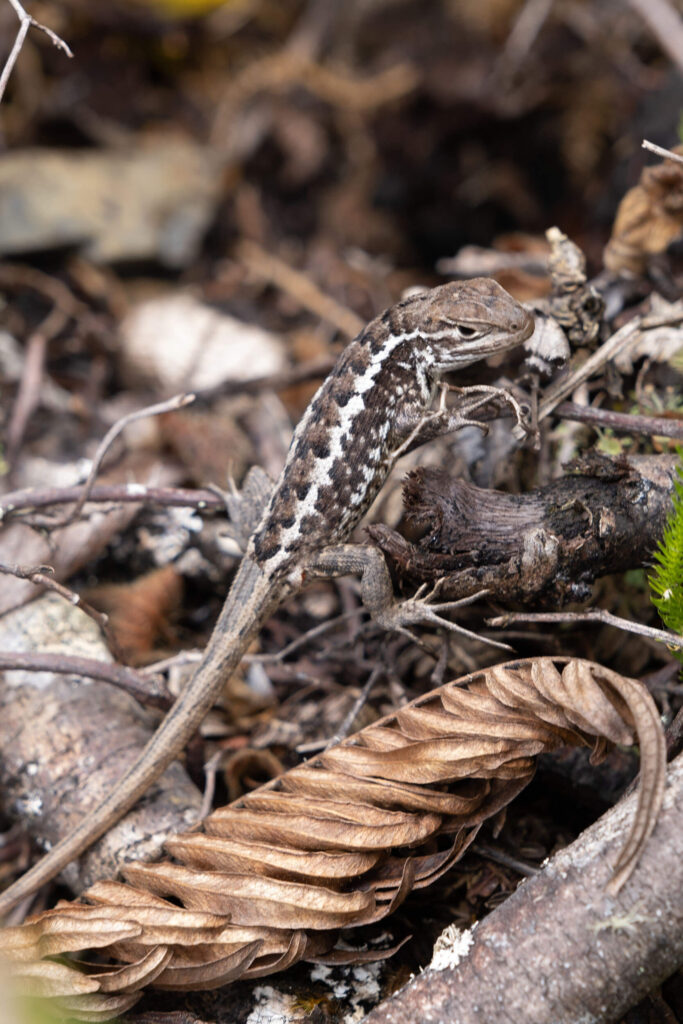After a well-deserved rest, I was ready to travel to Madrigal of Podocarpus Reserve, the last study site of my 2022 field season. This private reserve is located at the south east of Loja city, at an elevation between 2200 to 3300 m a.s.l. Its proximity to the Amazon region makes it a place with abundant rainfall and strong winds almost all year round. Additionally, it is a buffer zone of Podocarpus National Park, which means that it exhibit an incredible biodiversity and high species endemicity.












Surprisingly, there are three endemic Stenocercus species inhabiting this place. Two species, S. ornatus and S. festae, are found in the same microhabitat, which made sampling a bit tricky at the beginning. However, later on I was able to clearly distinguish between them by considering two main physical features: (1) S. ornatus, both adult male and female lizards are bigger in size than S. festae; (2) Adult males and females of S. ornatus have a white or greenish moustachial stripe, while in S. festaeindividuals, this stripe is indistinct or absent.







The remaining species, S. humeralis, is arboreal and was particularly found active over the rooftops of the house.


While monitoring the last transect of this study site, we noticed that a cloud of smoke was coming out of the mountain next to the one in the reserve. We immediately called emergency services because that day in particular was hot and sunny, and we were afraid that the fire would quickly get out of control. Hours later, the blue sky turned into orange and we just hoped that the fire would not reach the reserve.


Fortunately, consistent drizzle overnight helped to contain the fire and firefighters arrived early the next morning to completely put out the fire. They confirmed that the fire was an intentional burn by a local farmer who wanted more land so his cattle could graze. This selfishness and lack of education of local people is a huge problem in the area, and it is sadly destroying this unique environment.




Despite this tragic event, I left El Madrigal of Podocarpus really grateful to the people I met and for many great moments that I will never forget.


That wraps up the field work for 2022. I am hopeful that 2023 will bring more memorable trips and interesting data for me to share with you.
Thank you,

Estefany Guerra Correa